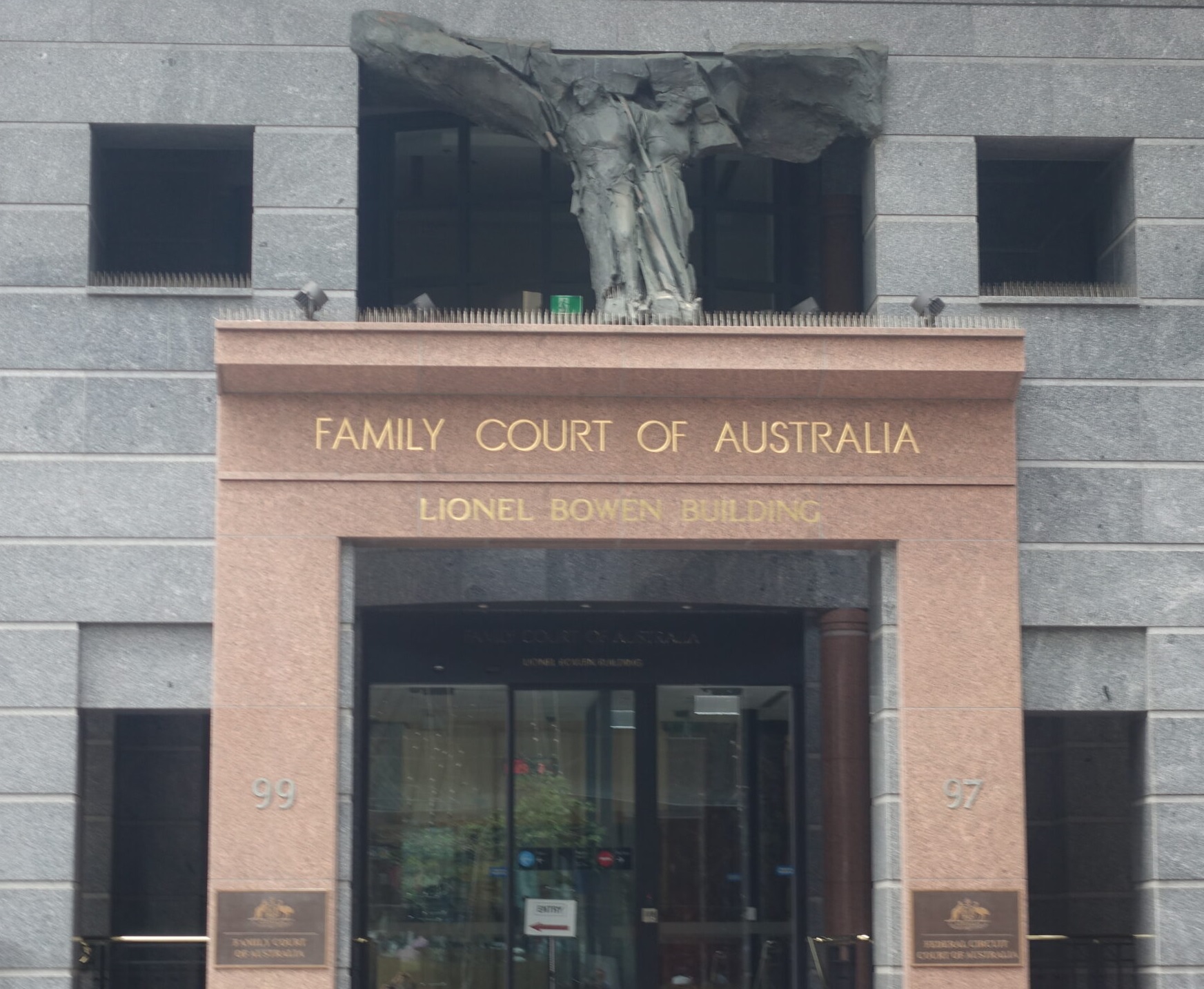
Property proceedings – Family Court of Australia – Full Court

Barnell & Barnell [2020] FamCAFC 102
This case looked at the principles relevant to the assessment of contributions determining property proceedings pursuant to s 79 of the Family Law Act 1975
Applicable principles
It is well-settled by the authority that the assessment of contributions under s 79 of the Act is not a mathematical exercise.
Evaluating Disparate Contributions
Contribution, either direct or indirect and financial or non-financial, to any of acquisition and/or conservation and/or improvement to property (whether or not such property has ceased to be held) or to the welfare of the family or children, falls for consideration.
No order of priority is attached to individual elements. The evaluation occurs often with respect to such disparate kinds of contribution made over a substantial period. Such evaluation, having regard to its subject matter, inevitably involves value judgments and matters of impression.
It follows that the assessment involves matters of estimation and is not, and cannot be a mathematical exercise. No amount of devotion to mathematics is capable of transforming a discretionary exercise involving many component parts, each mostly unamenable to precise computation, into one of aggregating separately finely calculated components to reach an overall outcome.
As part of the process of ultimately determining just and equitable orders under s 79 there is included a complex of discretionary assessments and judgments of many components of contribution, only some of which are capable of measurement in money terms and then often only in historical, rather than present, money terms.
Any dictate to the effect that in the course of assessment each disparate component part or kind of contribution must be assigned a discrete and identifiable value or percentage is antithetical to the nature of the discretion involved
Regard must be had to the use made of contributions of various types so as to compare the contributions made by each of the parties during the course of, and over the length of, their relationship But that is an entirely different proposition to, as it were, causally linking contributions with their asserted financial “product” or “value”.
The former recognises that the nature, form and extent of contributions made by each of the parties might differ; the latter suggests that the absence of a causal link counts as no contribution at all.
Causal Link and Financial Contributions

The search for a causal link might be seen to come instinctively to the necessary inquiry and all the more so when regard is had to s 79(4)(a) which refers to financial contributions made “directly or indirectly” “to the acquisition, conservation or improvement of any of the property” and goes on to also refer to the financial contribution made “otherwise in relation to any of that last-mentioned property”.
The terms of that subparagraph might, naturally enough, be seen to suggest a causal link between those contributions and the “financial product” which those contributions of that type are said to have produced.
That same requirement might also be seen to suggest that relevant contributions of that type can be seen to be quantifiable — or, at least, conceptualised — in monetary terms, in contradistinction to contributions made pursuant to s 79(4)(c).
While that apparent “causal connection” might be seen in s 79(4)(a) (and (b)), no such connection is apparent from the terms of s 79(4)(c); contributions of that latter type are not linked by the words of the subparagraph to the “acquisition, conservation or improvement of any of the property” or, indeed, to “property” at all.
Amendments to the Family Law Act were specifically intended, relevantly, to remove any suggestion that there needed to be a causal link between contributions of that type and any particular asset or property to remove the possibility of an interpretation of the sub-section requiring that there be a nexus between a spouse’s contribution and a specific item of property in section 79 proceedings
Within that context, then, it is self-evident that financial contributions (whether direct or indirect) can be made to a relationship that have an effect on the property of the parties without those financial contributions finding their way directly into, or being directly linked to, specific property or, indeed, directly to the totality of the property available for distribution.
Financial contributions can be made to the “acquisition, conservation or improvement” of property “directly or indirectly”. A financial contribution can be made indirectly by, for example, the use by parties of income or assets for purpose A freeing up the use of other income or assets for purpose B.
Moreover, a particular financial contribution might have been used wholly in discretionary expenditure which, but for that contribution, would not have been available to the parties or would have required borrowings or a diminution of capital. Such a contribution can also, in that way, be seen, for example, as an indirect contribution to the conservation of property.
Any and all such contributions, whether or not they sound in, or are directly linked to, the property available for distribution, should be considered and assessed together with the nature, form and extent of all other contributions of all types contemplated otherwise by s 79(4).
That is true of assets or income generated within the relationship and it is equally true of assets or income coming from outside of the relationship (for example in the form of inheritances). In the same way, s 79(4) specifically requires the court to take into account contributions made to the welfare of the family notwithstanding that those contributions may not be, or cannot be seen to be, directly linked to the available property at trial, or any increase or decrease in the value of the property.

Put another way, the s 79 discretion involves as a necessary requirement that trial Judges weigh and assess the contributions of all kinds and from all sources made by each of the parties throughout the period of their cohabitation and then translate such an assessment into a percentage of the overall property of the parties or provide for a transfer of property in specie in accordance with that assessment.
Those same principles can be expressed as saying that the requirements of the section are met by approaching the assessment of contributions holistically and by analysing the nature, form, characteristics, and origin of the property currently comprising that to which s 79 applies, and, in turn, analysing the nature, form and extent of the contributions (of all types) contemplated by s 79).
That task is also undertaken by reference to the nature and form of the particular marriage partnership manifested by the particular circumstances of a particular marriage.
Is it, for example, a relationship “where the parties have adopted the attitude that their marriage constituted a practical union of both lives and property” or is it, for example, a union where parties lived very separate domestic and financial lives?
It can be seen that those reasons, evidence a “global approach” to the assessment of contributions. Within the context of such an approach, a broad assessment is made of the contributions of all types made by both parties across the whole of the period of a very long marriage.
There is no error of itself in considering separately any such contributions: subparagraphs (a) and (b) of s 79(4) each refer to, relevantly, indirect contributions made to “any of the property of the parties to the marriage or either of them, or otherwise in relation to any of”.
However, there is a danger in doing so. Isolating indirect contributions to but one part of the property interests of the parties in the context of a global assessment of contributions risks ignoring significant contributions made by both parties that do not have a nexus with that particular property.
Need Legal Help?
If you need help, please contact the Brisbane Family Lawyers team at James Noble Law today for a FREE, no-obligation 20-minute consultation. To schedule an appointment with one of our Qualified and experienced Family lawyers Brisbane.
Find family lawyers Brisbane on Google Maps near you.


